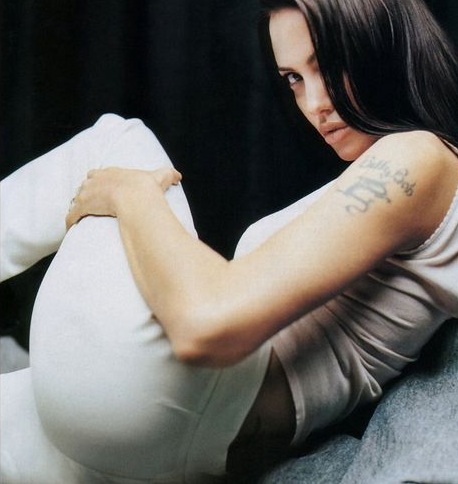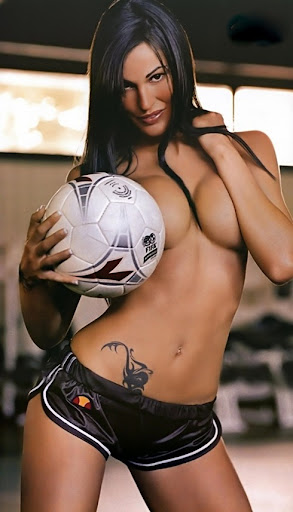So -- as far as I can tell, there are three main tendencies priests have about where to look during the prayer. The first and perhaps most obvious is to look up. It comes from our training in grade school -- where is God? He's up there.
Outside that approach would work really well. But inside, if you've ever noticed someone doing this, it sort of looks like we're talking to the ceiling. This can be tweaked, of course -- if they're looking more out than up, it works a lot better. But when we look straight up, or close to that -- from the congregation's angle, it really does look like we're seeing something nobody else is. (Can't you see him? He's right there!)
 (What is she looking at?)
(What is she looking at?)A second standard, which I think of as very post-Vatican II, I need for you to know how much GOD LOVES YOU, is to say the prayer looking directly into the eyes of the congregation. Usually as priests we accompany this with emphasis and earnest intonation. You could ignore the words entirely, and the tone tells it all -- WOW. WOW. WOW.
Have you ever been to a Mass where the priest is constantly looking right into your eyes saying the prayers? It's a little freaky, isn't it? Like, there's way too much emotion going on here. Somebody needs to settle down a bit.
 ARGH! YOU'RE FREAKING ME OUT AND I CAN'T PRAY! PLEASE STOP LOOKING AT ME! IT BURNS!
ARGH! YOU'RE FREAKING ME OUT AND I CAN'T PRAY! PLEASE STOP LOOKING AT ME! IT BURNS!The real problem is, for the most part the prayers we say as presiders are not addressed to the congregation, but to God the Father or Jesus. So, not only is it a little offputting (and scary) if overdone, it doesn't really make sense liturgically. I am not asking my aunt Kathleen to grant that we may be filled with the Holy Spirit, and become one body, one spirit in Christ. Not that she wouldn't appreciate that, and I think if asked of she could probably give some good suggestions on how we might get there. It's just not her role (or anyone's) in the prayer.
The obvious exception to this is the rite of institution, where we retell the story of the Last Supper. There, you'll often see priests talking directly to the congregation, and while it still can be scary if overdone, it makes more sense. We -- that is, presider, congregation and God -- are sharing a story that the presider is telling.
The third place presider eyes can generally be found during the eucharistic prayer is looking down at the sacramentary. It's the safe bet, really. Keeps the presider from making himself the center of attention, and allows him to make sure he gets all the words right, too.
A variation on this, which I prefer, is to look straight out, not at anyone in the congregation, but just generally straight out. I like it because on the one hand, it, too, keeps the words themselves front and center. It's not about me personally "connecting" with the congregation, making them feel one way or another. And at the same time, it sort of helps me pray. If I'm looking down the whole prayer, I generally lose track of the fact that I'm praying. Just reading along, I can sort of tune out.
And the fact is, at this point I pretty much know the prayers. If I can trust that (sometimes I can, sometimes I can't), I find I go slower and appreciate the words more, let them breathe a bit.
For those who pray the eucharistic prayer looking down, one helpful suggestion we learned in school was, don't have the sacramentary off to the side. Put it instead directly in front of you, and the bread and the wine in front of it. That way, from the congregation's point of view, the focus of their vision is on the elements. And you are directly facing them, rather than looking away.
Frankly, as long as we don't draw too much attention to ourselves, seems like the congregation could care less. But it's fun to tweak, too. It's like when you're pitching or hitting in baseball; slight changes in posture or position really can open things up in a whole new (and better) way.
















No comments:
Post a Comment